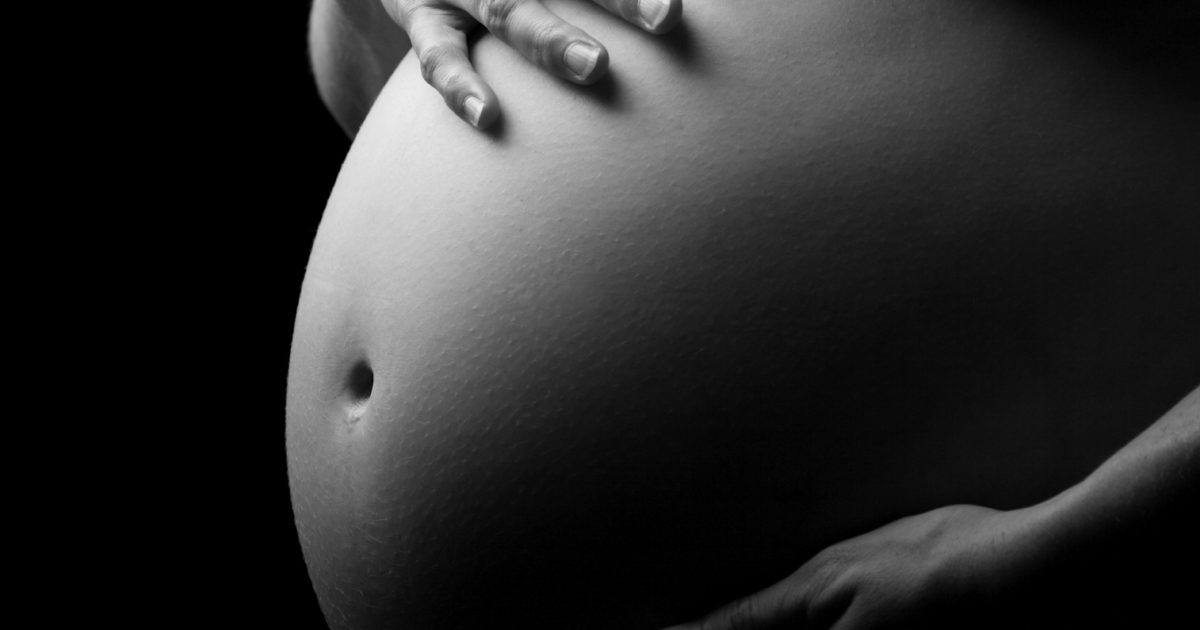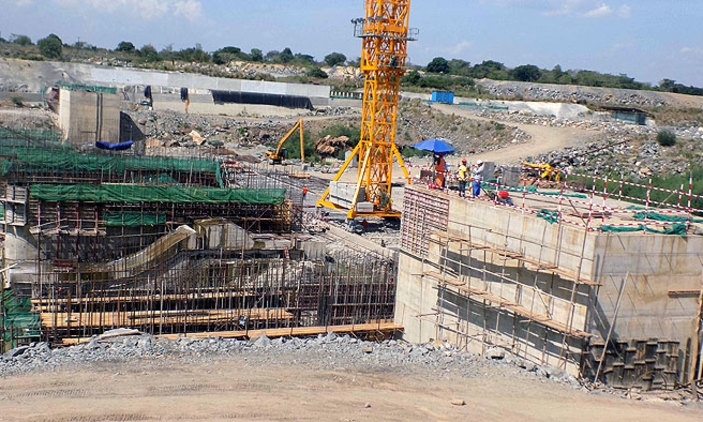High levels of a protein in the placenta have been linked to dangerously low birth weights for the first time, and it may offer a key to protecting babies from dying in the womb.
Doctors think that babies born at low birth weights do not get enough oxygen and nutrients in the womb, but have not been able to establish a clear cause or treatment.
Birth weights under 5.5 lbs raise the risks that a baby will suffer from obesity, high blood pressure diabetes and heart disease in adulthood.
But scientists at the University of California, Los Angeles, found that production of a protein called humanin may ramp up to protect babies when the placenta is failing, suggesting the protein could someday be given as a life-saving supplement, the Daily Mail reports.
Scientists from UCLA think that the high levels of a protein called humanin they found in the placenta’s of women who delivered babies with low birth-weights may have made the difference between life and death for their infants, they report in a new study
About 10 percent of all babies in the US weight 5.5lbs or less at birth due to a condition called intrauterine growth restriction.
Their growth is impaired by placental insufficiency, meaning that the protective sack that a baby develops in and receives its mother’s blood and oxygen through does not function properly and the fetus is partially deprived of these essentials.
If an ultrasound reveals that a fetus is smaller than expected during pregnancy, an obstetrician might tell the mother to eat more or to spend some time on bed rest, which can help to improve the fetus’s blood circulation.
Staying in the womb too long without getting enough oxygen and nutrients can even kill the fetus, and in emergency cases doctors may induce an early delivery.
But, apart from these measures to manage intrauterine growth restriction, there is no reliable way to prevent or treat the condition, in part because its cause remains unclear.
The UCLA researchers suspected that a protein called humanin hold a key to protecting a fetus when the placenta fails to do so.
Humanin helps to break down carbohydrates and deliver nutrients to organs and muscles.
It also works as a defense mechanism against oxidative stress, a part of the metabolic process that releases free radicals into the body, where they roam and wreak havoc on other cells.
Oxidative stress is unavoidable, but environmental and lifestyles – including smoking, pollution, obesity and poor nutrition – can intensify the stress and increase the number of vicious free radicals in the body.
Research has found that oxidative stress effectively ages the placenta – much in the same way it would the rest of our organs.
The placenta becomes weaker and its functions start to break down. This process slows the exchange of nutrients and oxygen between mother and baby.
As the fetus spends more and more time deprived of oxygen and nutrients, instead of growing in the womb, its cells actually begin to die off.
But the new study suggests that humanin’s protective effect may help to prevent that.
‘Other studies shave shown that if it doesn’t have enough humanin, a cell dies,’ explained Dr Carla Janzen, ‘so it may be that if there were less humanin [in the placenta], the baby would be even smaller.’
Dr Janzen, an obstetrician, and Dr Sherin Devaskar, a pediatrician, measured levels of the protein in samples from the placentas of 22 mothers whose experienced placental failure and did have babies of low birth weights, but carried them safely to term nonetheless.
These were compared to humanin levels in another 22 placentas from mothers who delivered babies with normal birth weights.
Levels of humanin were significantly higher in the placentas from the low birth-weight group than from the control group.
This indicated to Dr Devaskar and Dr Janzen that humanin may ‘increase in a protective manner, trying to salvage placental failure,’ said Dr Janzen.
Both doctors have also conducted research on the relationship between placental failure and pollution, which is known to increase oxidative stress, and they speculate humanin may be a ‘marker’ for pollution exposure.
In their new study, they also discovered that ‘humanin’s linke to the glucose transporting mechanism,’ which ‘was very novel and suggests that humanin also increases glucose delivery to the cell,’ said Dr Devaskar.
This means that humanin may act like an expediter to bring nutrients to the fetus when it so urgently needs them, helping to ensure the baby will survive to delivery.
It is not yet clear when the up-regulation of humanin in response to placental insufficiency begins, but levels of the protein could act as a diagnostic tool and boosting them could offer further protection for developing babies.
The researchers next want to see if this medic-like protein increases in the blood of mothers with other conditions of pregnancy distress, like preeclampsia, and if measuring humanin levels may help to diagnose or assess risks of either problem.
‘We have to do more research to figure out if adding more humanin would be protective [to the fetus], but it seems like the placenta is trying to protect itself and the baby,’ by flooding the womb with humanin, said Dr Janzen.
WHAT IS THE PLACENTA AND WHAT HAPPENS WHEN IT FAILS?
Babies develop inside the placenta, a sac of tissue that develops around them inside the uterus of their pregnant mothers.
The placenta absorbs nutrients and oxygen from the mother’s body, delivering them to the developing fetus and removing its carbon dioxide through the umbilical cord.
When this organ does not work properly – a condition called placenta insufficiency – a baby does not get enough oxygen and nutrients.
This can stunt its growth, and even be fatal to the developing fetus.
Placental insufficiency usually happens because the mother’s blood flow to the organ is not very good.
Scientists suspect that environmental and lifestyle factors – like pollution, smoking, obesity and poor nutrition – may play a role, too.
Doctors usually diagnose placental insufficiency based on ultrasounds that reveal an unusually small baby for its development stage.
There is no cure for the condition, which can prove fatal to the fetus.
Usually, doctors advise pregnant women to manage the condition with improved diet and bed rest, and occasionally perform an early cesarean section if the baby is too starved for oxygen and nutrients.





